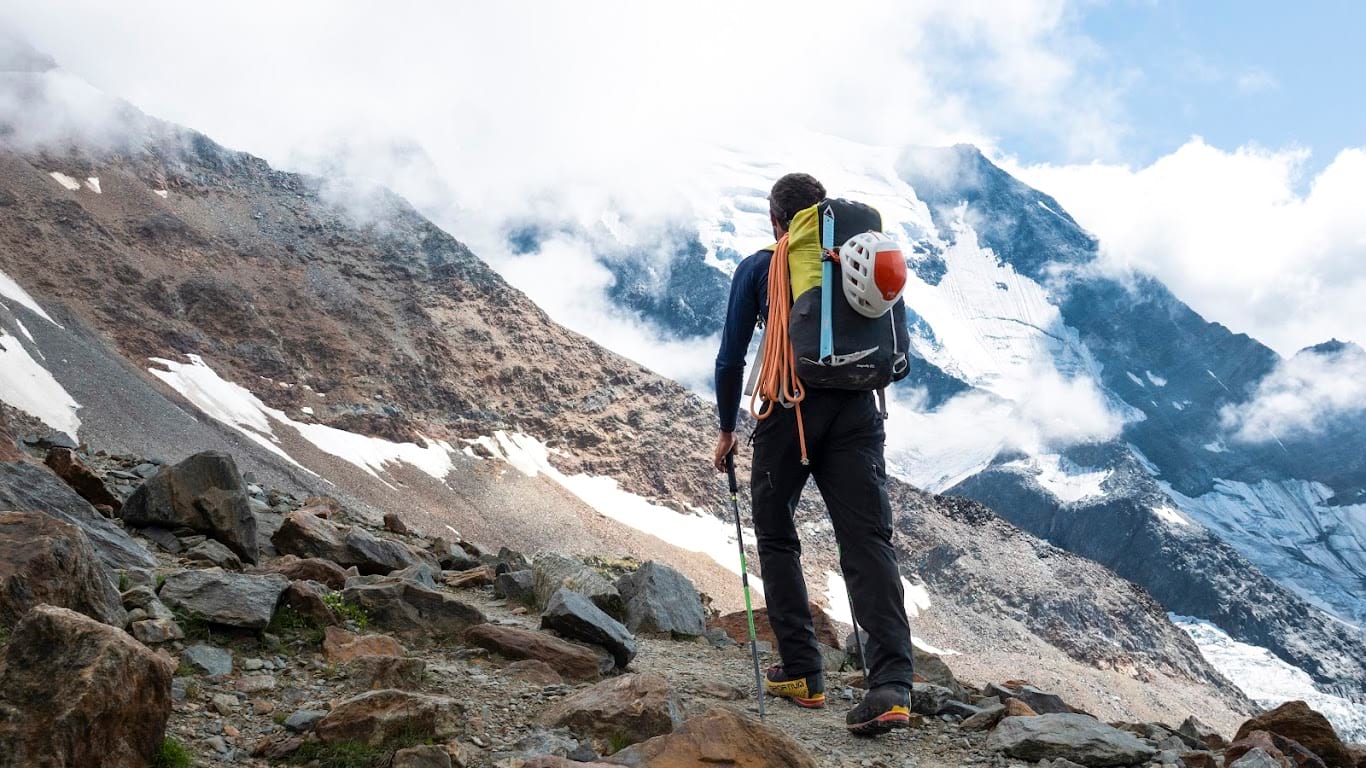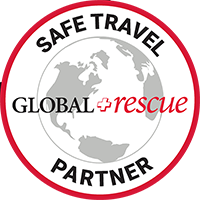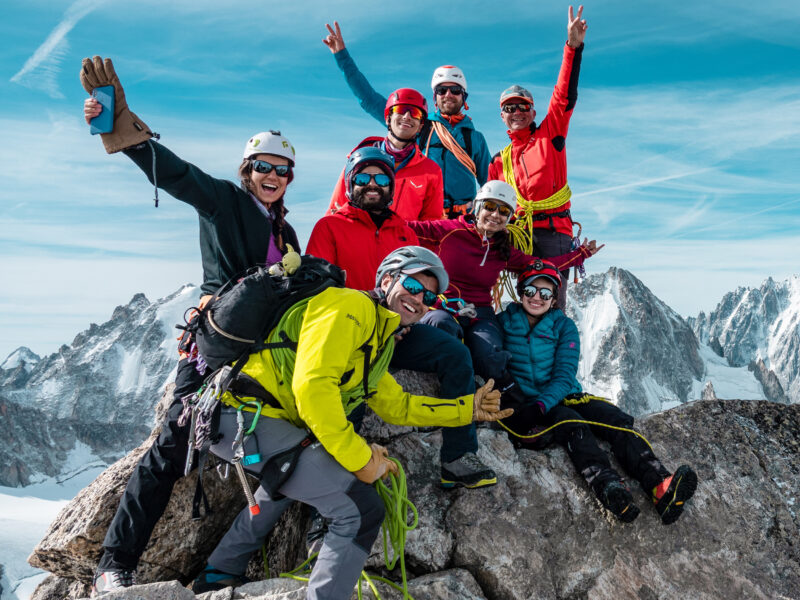BY Rami Rasamny | May 27 2020
How to Become an Efficient Mountaineer

“Learning about your itinerary and understanding its challenges, terrain, climate and nuisances is the single most important part of mountaineering”
If your Google search history is an incomprehensible what’s what of foreign sounding names like Pumori, Alpamayo or Denali, then welcome to the club of the altitude obsessed. From here, it’s upwards and onwards. But before you plug every possible holiday with a summit, here are 10 tips that will help make you a more efficient mountaineer and contribute to a long, enjoyable and safe trajectory in the hills.
ONE SIZE DOES NOT FIT ALL
No two mountains are the same. No two routes up the same mountain are the same or the same route climbed in different conditions is the same. All this to say that learning about your itinerary and understanding its challenges, terrain, climate and nuisances is the single most important part of mountaineering. If you get this part wrong you’re setting yourself up for failure before you even get started. Talk to locals, reach out to other mountaineers, or check out information available on mountaineering forums like summitpost.org.
PLAN YOUR CLIMB AND CLIMB YOUR PLAN
Things happen in the mountain and every good plan should account for multiple scenarios. However, the mountain doesn’t care if you can only take 7 days leave off work and it won’t necessarily give you the conditions you were expecting. A great mountaineer is always prepared to abandon the objective if you find that conditions are beyond what you’ve prepared for.
LOVE YOUR FEET
You can be the best athlete out there but if your feet are crippled by boots that just aren’t right for your feet it could end an expedition almost immediately. Take time in selecting the right boot and ensure that the boot grade you’re selecting matches the climbing route. A higher price tag does not mean a better boot or a boot appropriate for your itinerary.
IT’S ALL ABOUT LAYER MANAGEMENT
The higher and more technical the climb, the less we can carry. So that extra layer “just in case” starts to become less of an option. Study the weather of the route especially in the few days leading up to the climb to ensure that you carry exactly what is needed for the route at the time.

“Rest doesn’t have to be sheltering but it is important to choose where to slow down and where to speed up because there are places on the mountain where stopping or prolonged exposure just isn’t an option.”
SELECT THE RIGHT TECHNICAL GEAR
A crevassed glacier traverse and a technical ridge climb use very little gear in common. Technical gear is both bulky and heavy so make sure you efficiently choose the right stuff based on your research of the route you intend to climb.
SNACK EFFICIENTLY
You need to pack as many calories into as small a snack as possible and ensure that the calories you are packing are filled with the right macronutrients: carbs. This may be the one few instances where conventional health wisdom doesn’t apply.
NEVER SKIP BREAKFAST ON SUMMIT NIGHT
Breakfast is the fuel that will enable you to make a round trip safely. Skipping it is almost always a guarantee that you won’t be going very far.
PLAN TO REST
Rest doesn’t have to be sheltering but it is important to choose where to slow down and where to speed up because there are places on the mountain where stopping or prolonged exposure just isn’t an option. By planning your rest, you ensure that you keep to your schedule and avoid finding yourself exhausted right underneath an ice fall.
CHOOSE THE RIGHT PACK AND PREPARE IT AHEAD OF TIME
In the alps, you hardly need a pack bigger than 30 Liters because most summits are accessed through serviced mountain huts. A small pack ensures that you’re fast, light and gives you the freedom of motion on technical and steep pitches. On an expedition like Denali, a larger pack is needed because you’ll be carrying your camp from place to place along with your food for the expedition. It may even be the case that you need both. Never go to sleep with an unprepared pack. Mornings should be about getting up and walking out.
KEEP A STEADY PACE
It’s a marathon and not a sprint. We all have high energy when we’re just setting off. The key is to preserve that energy so that we’ve only used 40% of it by the time we reach the summit. Getting to the top and collapsing from exhaustion is not a strategy. 90% of accidents happen on the way down so pacing ourselves to conserve 60% of our energy for the return leg of our journey is crucial on technical summits.






